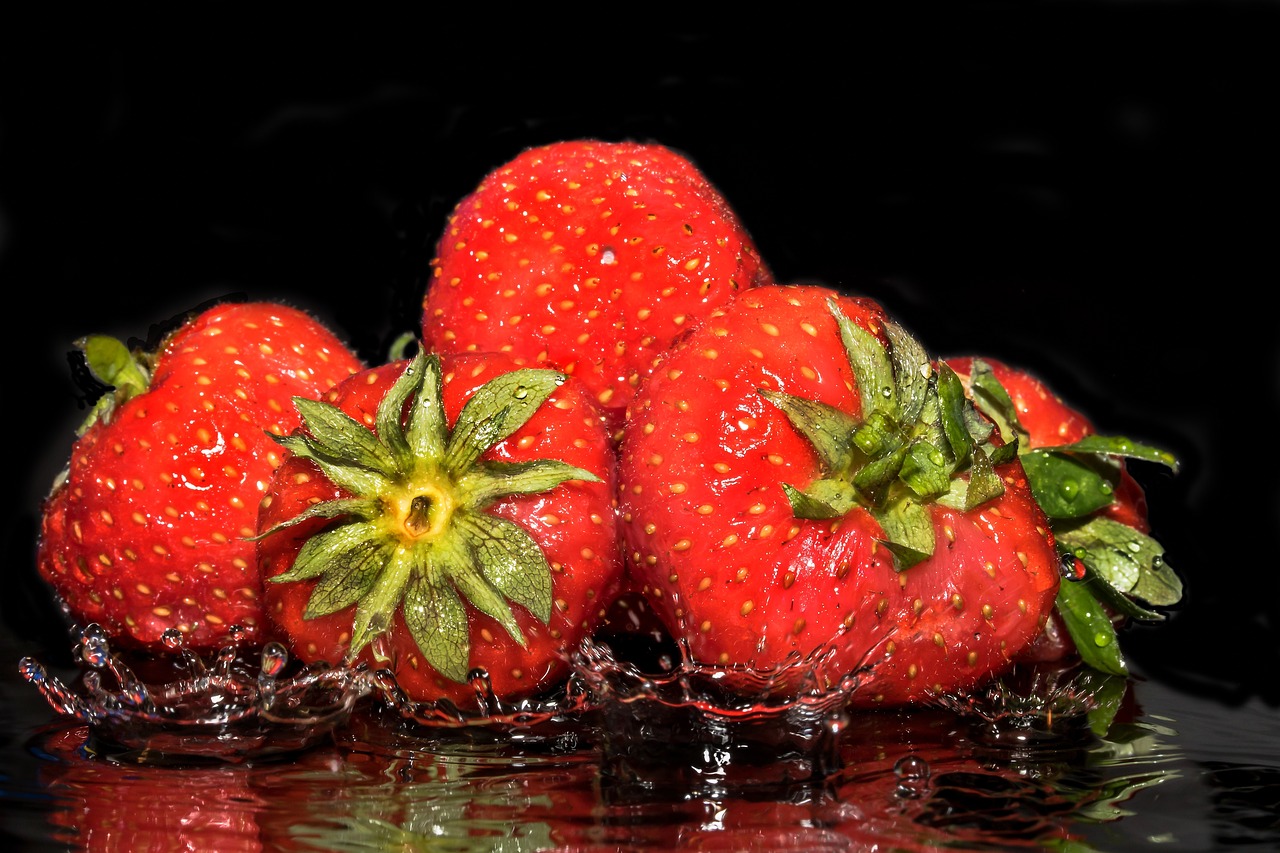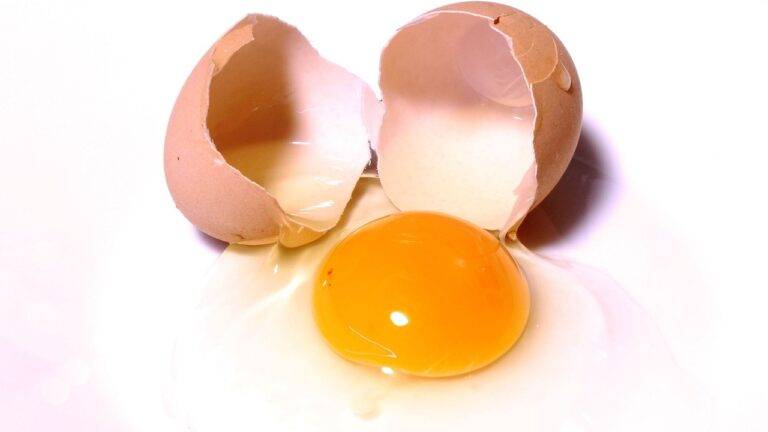The Art of Food Presentation: Techniques for Culinary Creativity
When it comes to creating visually appealing dishes, the key ingredients for eye-catching plating go beyond just the food itself. The first crucial element is the selection of the right plate or serving vessel. Choosing the appropriate plate size, shape, and color can greatly enhance the overall presentation of the dish. Additionally, considering the texture and finish of the plate can provide a complementary backdrop for showcasing the food.
Moreover, the arrangement of the components on the plate plays a significant role in creating an eye-catching presentation. Utilizing the principles of balance, symmetry, and contrast can help draw the eye to the various elements of the dish. Playing with heights and angles can add visual interest and create a dynamic composition that is visually engaging. By carefully considering these key ingredients for eye-catching plating, chefs can elevate their dishes from a mere meal to a true work of art on a plate.
Color Theory and Its Impact on Food Presentation
Understanding the principles of color theory is essential for chefs and food stylists looking to create visually appealing dishes. Colors evoke emotions and influence perceptions, making them a powerful tool in food presentation. By strategically incorporating a variety of hues into a dish, chefs can create a sense of balance, contrast, and harmony on the plate.
Color also plays a crucial role in shaping diners’ perception of taste and flavor. Research has shown that the color of food can impact how people experience its taste, with certain colors being associated with specific flavors. By leveraging this knowledge, chefs can use color to enhance the overall dining experience and leave a lasting impression on their guests.
How does color theory impact food presentation?
Color theory plays a crucial role in food presentation as it can enhance the visual appeal of a dish, evoke specific emotions, and influence the perception of taste.
Why is it important to consider color when plating food?
Considering color when plating food is important because it can help create a visually appealing dish that is more appetizing and enticing to diners.
What are some key ingredients for eye-catching plating?
Some key ingredients for eye-catching plating include contrast, balance, texture, and the use of complementary colors to create a visually striking presentation.
How can I use color theory to improve my food presentation skills?
By understanding the principles of color theory, such as the color wheel, complementary colors, and color psychology, you can apply this knowledge to create visually stunning and appetizing dishes.





